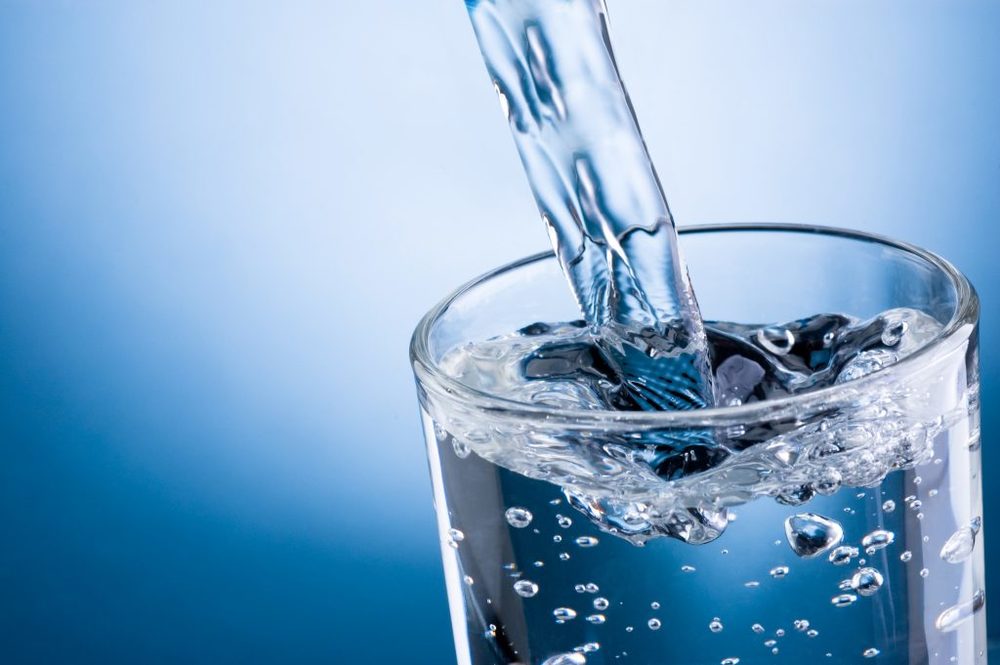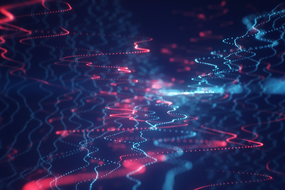Scientists from NUST MISIS together with colleagues from Lomonosov Moscow State University have developed a method for quick and effective analysis of the composition of water, which will help to solve the problem of industrial pollution. The methodology is based on the use of environmentally friendly nanoparticles with fluorescent properties. The method is also suitable for hard-to-reach or remote sources of water.
The development of manufacturing, especially near cities and industrial zones, is changing the environment and the natural composition of water. This is a big problem for modern science, as the need for new methods for determining the concentrations of toxic chemical elements and compounds is growing. Such measurements must be universal, fast, accurate and safe for both the environment and people.
According to researchers from NUST MISIS and Lomonosov Moscow State University, common methods do not meet the modern requirements of performance and versatility. To solve this problem, scientists suggested using fluorescence polarization analysis (FPA) to measure the concentration of heavy metals in water.
“This approach promises to reduce research time and increase measurement efficiency. Carbon quantum dots (CQD) were used for the test based on fluorescence polarization. These are environmentally friendly nanoparticles with sizes up to 10 nanometers, which possess controlled fluorescence properties, are stable in the aquatic environment and are selectively sensitive to copper cations,” said Anastasia Yakusheva, the research co-author, researcher at NUST MISIS.
According to her, such a parameter as fluorescence polarization opens up prospects for a quick, simple and effective analysis of safety of the aquatic environment. The methodology based on FPA made it possible to simultaneously measure more than one hundred samples of water, reduce economic costs and increase the productivity of measurements. Another competitive advantage is that the method is suitable for hard-to-reach or remote sources of water.




